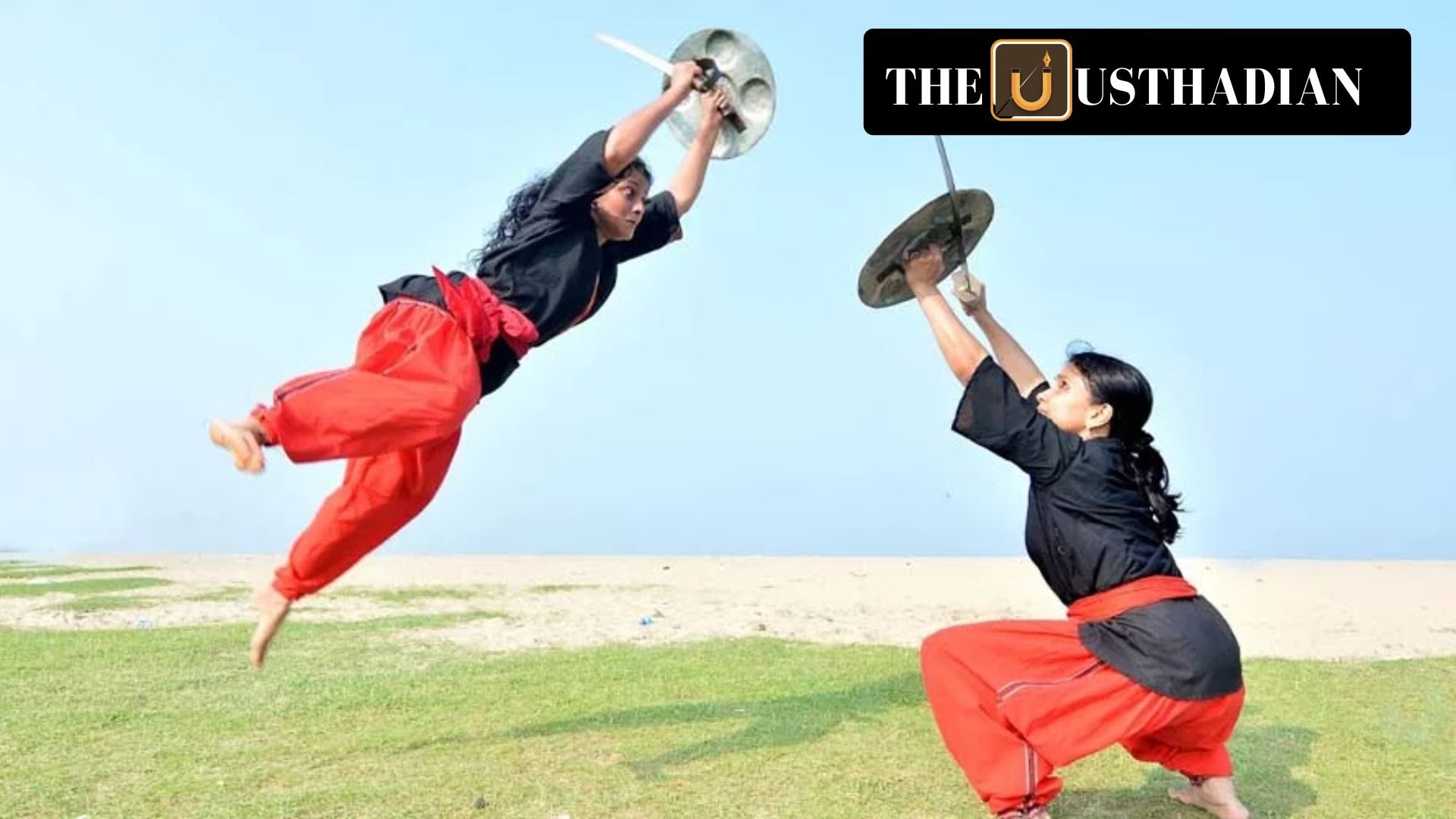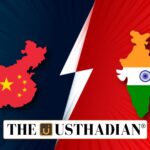A Traditional Art in Trouble
Kalaripayattu Controversy: A Traditional Martial Art Faces Uncertainty : As the 38th National Games draw near, Kalaripayattu, Kerala’s ancient martial art, finds itself at the center of a national controversy. The Indian Kalaripayattu Federation has strongly opposed the Indian Olympic Association’s (IOA) decision to shift Kalaripayattu from a competitive sport to a demonstration-only event. This last-minute change has disappointed athletes and triggered public debate on the neglect of traditional sports in modern competitive arenas.
The Legacy of Kalaripayattu
Kalaripayattu is widely believed to be one of the oldest martial arts in the world, dating back to the 11th–12th century CE. Its name is derived from “kalari” (training ground) and “payattu” (combat practice). Originating in Kerala, the art form combines physical training, self-defense, weaponry, and even medicinal techniques. Historically, Kalaripayattu played a vital role in the military training of warriors during Kerala’s feudal period and is seen as a symbol of discipline and honor.
The IOA’s Decision and Its Impact
In December 2024, the IOA announced that Kalaripayattu would no longer be a medal sport, and instead would feature only as a demonstration. This affects nearly 200 athletes from 18 states, who had trained with the hope of competing. The move sparked backlash, with practitioners stating that it undermines the art’s legitimacy and the years of preparation that went into the games. Many see this as part of a broader trend of marginalizing indigenous sports in favor of global disciplines.
Judicial Intervention Offers Hope
On January 15, 2025, the Delhi High Court intervened, ordering a review of the IOA’s decision. The court’s direction brings renewed hope to the Kalaripayattu community, offering a possibility of restoring its competitive status. The court emphasized the need for fair representation of traditional Indian sports, especially when they carry such deep cultural and historical roots.
Revival After Colonial Decline
Kalaripayattu faced decline during colonial times, when the British discouraged native martial traditions. However, a 20th-century revival—led by passionate gurukkals (masters)—brought it back into public life. Today, Kalaripayattu is practiced widely in Kerala, with many schools and cultural organizations promoting it both as a sport and performing art.
Techniques, Philosophy, and Practice
Training in Kalaripayattu goes beyond physical combat. It includes body flexibility, breathing control, healing methods, and weapon mastery. Students begin by learning unarmed techniques before progressing to sticks, swords, spears, and shields. The art also teaches marma therapy—the knowledge of vital pressure points used for healing or combat. The guru-shishya tradition fosters discipline, humility, and deep respect between teacher and student.
Global Reach and Institutional Support
In recent years, Kalaripayattu has found global appreciation, often incorporated into dance, theatre, and cinema. The establishment of the Kalaripayattu Academy in Kerala is a significant step toward institutionalizing training and preservation. With rising interest from countries like France, the UK, and Japan, Kalaripayattu stands poised for international growth—if supported domestically.
A Symbol Worth Protecting
Kalaripayattu is not just a sport—it is India’s martial heritage, a living testament to discipline, tradition, and identity. The decision to downgrade its competitive status in the National Games has sparked a much-needed national dialogue on cultural preservation in sports. As legal and public voices rally for its reinstatement, Kalaripayattu’s defenders hope this crisis will become a turning point—securing its rightful place on India’s sporting stage and inspiring future generations to embrace their heritage.
Static GK Snapshot
Kalaripayattu Controversy: A Traditional Martial Art Faces Uncertainty :
| Topic | Fact |
| Origin | Kerala, 11th–12th century CE |
| Training Components | Physical combat, weapons, healing, flexibility |
| Cultural Significance | Integral to Kerala’s martial and spiritual traditions |
| Major Court Intervention | Delhi High Court, January 2025 – review of IOA decision |
| Related Institution | Kalaripayattu Academy, Kerala |








